Results
-
 £72.99
£72.99Circus Bamboni Wind Band Set (Score & Parts)
COME ONE AND ALL! Come see the great Circus Bamboni! This four movement work, with flexible four part instrumentation (+ Drum Kit), will amaze and charm you like no other. The first movement features the band as it tunes up and prepares for the show. Then the talented trapeze artists make an appearance as they fly through the sky high above the audience. The elephants parade around the ring with their very own Elephant Samba and the clowns follow leaving you in stitches! A thunderous chord and lots of applause bring the show to a breathtaking finale. 0:04:55
Estimated dispatch 7-14 working days
-
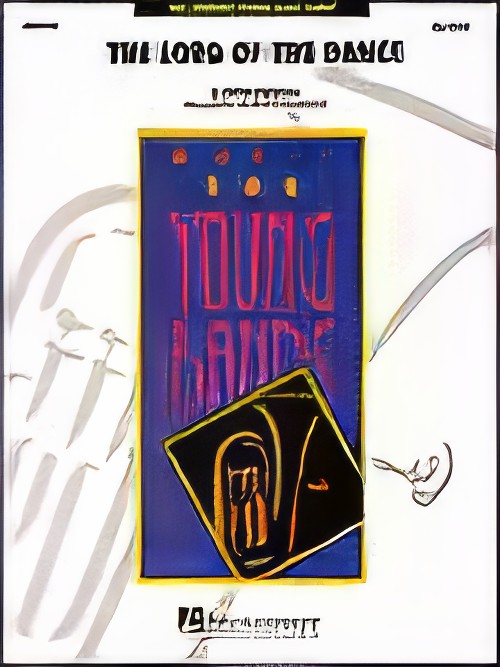 £72.99
£72.99LORD OF THE DANCE, The (Young Band) - Hardiman, Ronan - Saucedo, Richard L.
From Riverdance fame and his own Lord of the Dance stage show, Michael Flatley made his mark in the field of extreme dance. Here is the title cut from this exciting show featuring dramatic and energetic Irish/Celtic dance music.
Estimated dispatch 7-14 working days
-
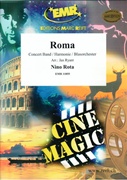 £152.00
£152.00ROMA (Advanced Concert Band) - Rota, Nino - Ryant, Jan
Movie: Roma (Aria Di Roma/Toby Dammit's Thoughts/Vitteloni's Bar/Ecclesiastical Fashion Show/Tobby Dammit at the TV Show) Duration:8:06 American Grade 4
Estimated dispatch 7-14 working days
-
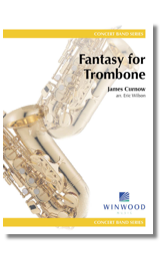 £78.00
£78.00Fantasy for Trombone - James Curnow
This popular pieces has become a core part of the trombone repertory and a chance to show both lyrical and bravura styles in an attractive and showy (yet not overly difficult) concert piece, finally available in a version for concert band.
Estimated dispatch 7-14 working days
-
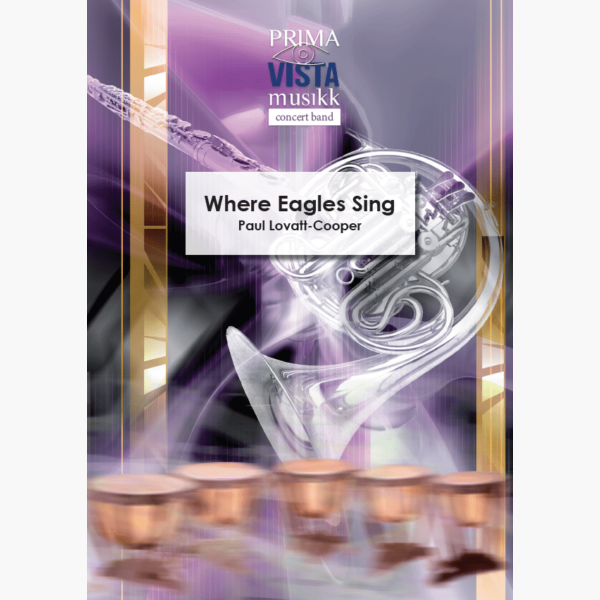 £59.95
£59.95Where Eagles Sing - Paul Lovatt-Cooper
The inspiration for this piece came when the composer visited Florida and the Bird Sanctuary in Walt Disney World's Animal Kingdom. He was in the audience to see the rare bird show where he witnessed some fabulous looking and endangered...
Estimated dispatch 5-7 days
-
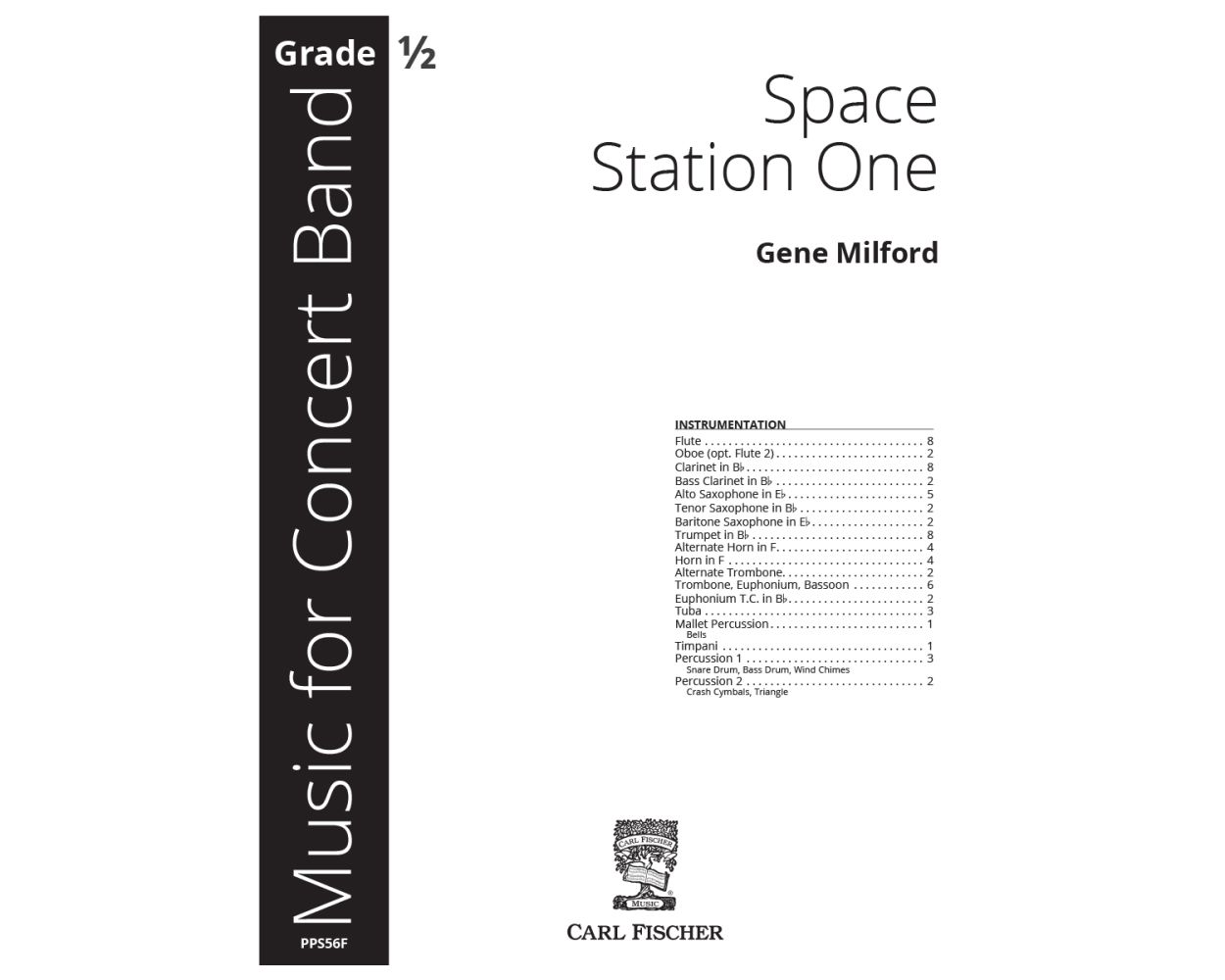 £38.00
£38.00Space Station One
Written to honor the courage of the men and women who venture into space, this work helps reinforce young brass players' embouchures and pitch recognition while also developing beginning essential fingerings for woodwind players. A great concert or contest opener that will show off new players developing skills while also giving every section a chance to shine.
Estimated dispatch 12-14 working days
-
 £53.00
£53.00Crystal Moon
If you need a piece to showcase your band, look no further. This galloping original work lets your band show off their articulation skills as it trots along in a playful way. Effective staccati and a bright tempo open into a glorious maestoso before bounding to the end.
Estimated dispatch 12-14 working days
-
 £57.00
£57.00Precision - Harold Bennett
Larry Clark has been breathing new life into Harold Bennett's delightful marches for younger groups over the past decade, and your group will absolutely love Precision. A wonderful tool for teaching younger students the March style, this work also introduces them to the "break strain." A great way to show your band the genius of Bennett marches at the earliest point possible!
Estimated dispatch 12-14 working days
-
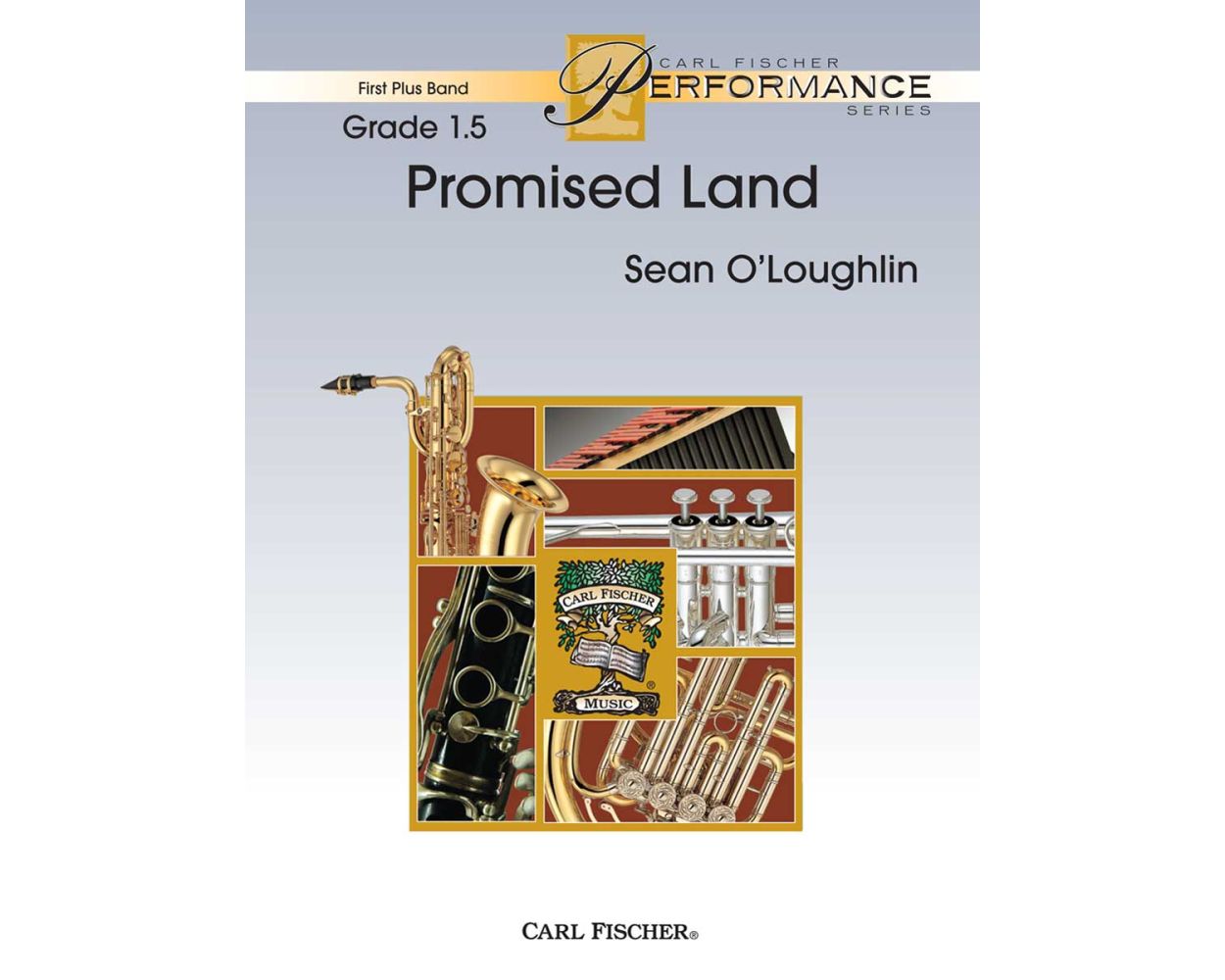 £44.00
£44.00Promised Land
Promised Land is a serious-sounding, new piece for the developing band that sounds much more difficult than it plays, allowing your students to show off while remaining at their ability level. The title has its roots in the ideals of John Humphrey Noyes, who founded the Oneida community in the late 1840s. He built a thriving agricultural and spiritual community that became his "promised land." The music depicts the struggles and triumph of those first settlers in the area, who worked the land and fought for their ideals through much persecution. Promised Land contains all of the rhythmic interest and memorable motives that Sean's music is so known for. It is also an excellent choice for contest/festival.
Estimated dispatch 12-14 working days
-
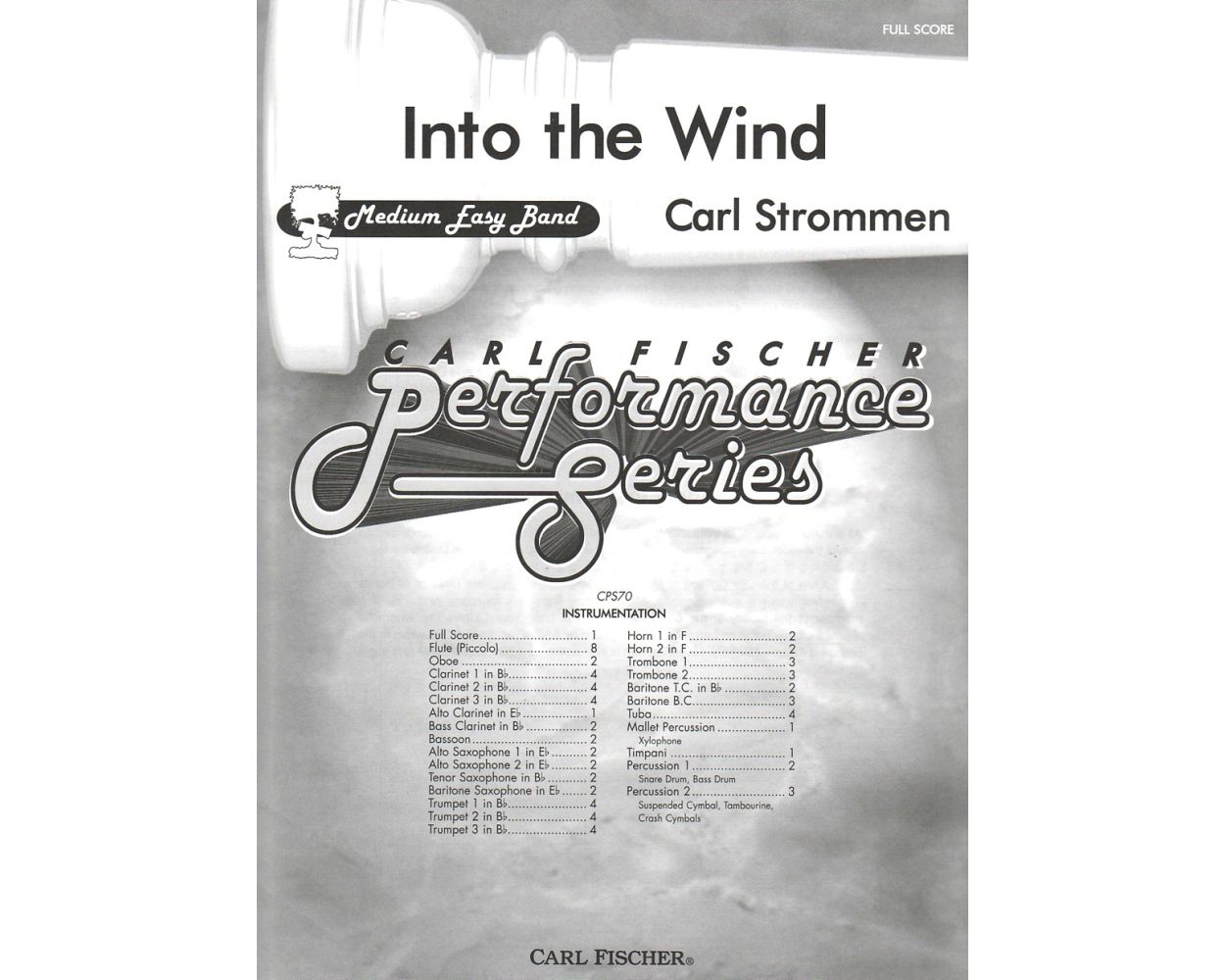 £57.00
£57.00Into the Wind
After a bracing and invigorating opening, Carl Strommen's tribute to the nautical culture of his home turf, Long Island, is off and flying. Wind whistles through the sails and the feel of the sea is ever-present in this tuneful and brilliantly scored selection from a master writer of music for band. This is a great way for a polished junior or senior high school band to show off its musical mettle.
Estimated dispatch 12-14 working days
